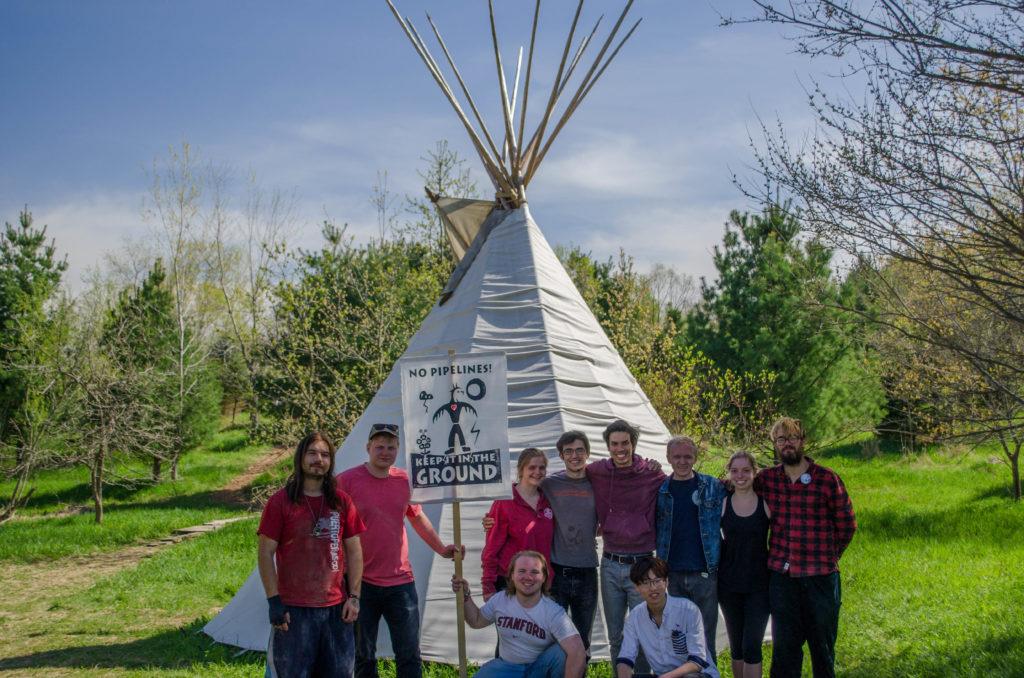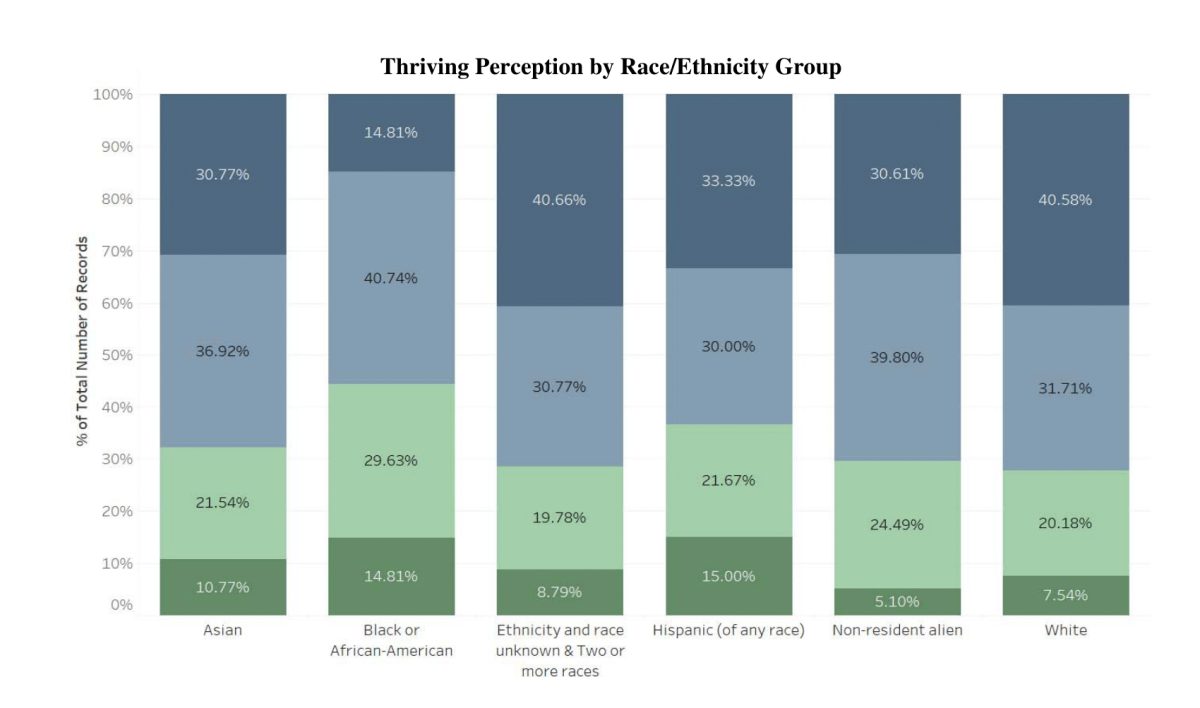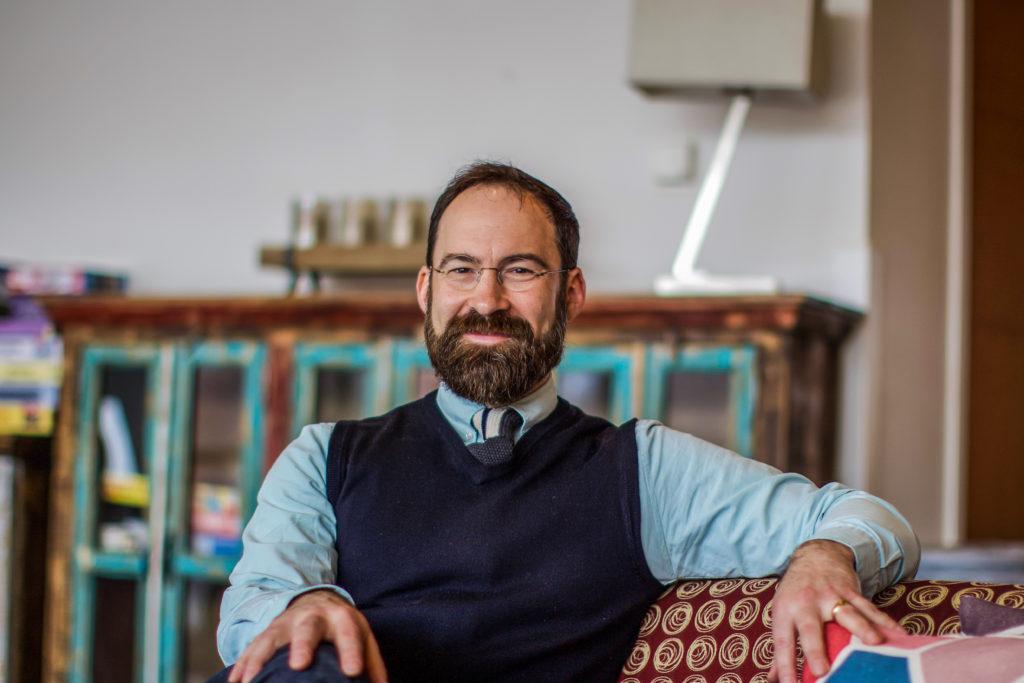
Many of the activists who have started a camp at Little Creek, a new community of water protectors in Jackson County, Iowa, have stories about Standing Rock. Smudge Bear, one of these activists, traced his flashlight across the cloudy sky above the Little Creek encampment. “I remember back at Standing Rock, we used to do this in search of planes.”
“Everyone here has faced rubber bullets, has faced tear gas, we were all on the front lines,” said J.B., one of the founders of the camp.
Started in early March, the camp at Little Creek has collected several activists who were displaced once the encampments at Standing Rock were razed by the National Guard. Their new goal is to both fight the DAPL pipeline from here in Iowa, as well as to establish a community which is environmentally sustainable and indigenous-led.
The camp’s members originally hail from all around the nation, many of them coming from Native American reservations. Several of the people at Little Creek expressed how inspired they were that Standing Rock was able to facilitate a pan-Native movement, something which they hadn’t seen before in their lifetimes. In this spirit, the founders of Little Creek organized their camp around some traditions common to several tribes, such as a sweat lodge and sacred fire. Activists with indigenous roots are encouraged to take part in the established camp rituals, and then share their own traditions with the group.
But beyond just a cultural exchange, many of the people at Little Creek have the specific goal of keeping the energy of the movement alive. There have been several of these camps established across the nation since the dissipation of Standing Rock, and a few of the activists have already travelled around and lived in some of them. They recognize the challenge of trying to bring together a movement that is geographically fractured, but hope that that their presence and the constant transfer of knowledge amongst the camps will help them rebuild the movement.
“I’m usually up at a camp in South Dakota, but was asked to come down here to coordinate with this camp,” said a visiting member who chose to remain anonymous. “Really, it’s like little city-states everywhere, but they’re all trying to do the same thing …[but] all the camps have their different advantages and ways of doing things.”
With pseudonyms like “The Planter,” and “Smudge Bear,” many of the activists chose to stay anonymous, to both counteract government surveillance as well as to represent the new identities that they have developed within the movement. Vanessa Dundon, known at Little Creek as “Suzy,” says that she and many of her fellow activists found purpose at Standing Rock, and that the experience has changed their outlook, disposition and direction.
“We weren’t perfect going in. Many of us have histories, but that’s why we were so good on the frontlines. I don’t know how long a sheltered person would have lasted out there,” Dundon said. “These experiences gave us strength.”
For Dundon, this strength was both metaphorical and physical. Earlier this year she was hit in the right eye by a tear-gas canister while out on the front lines. By her telling, it was only through a string of good luck that she was able to see a physician in time to save it. But even then, she still has only 10 percent of her vision on that side.
“She truly has sacrificed herself for the cause,” J.B. commented.
Influenced by the mission and energy of the camp, several Grinnell students have started a campus organization called the “Little Creek Movement” as a way to bring the water protectors’ positive message of activism and social change to their peers. The group plans to collaborate and participate in protests and actions, as well as to organize trips to the Little Creek community each month.
“We were really inspired by what was going on there,” said Dylan Bremner ’20, a founding member of the club. “Personally, I really just felt that there was something there at Little Creek, and in the Standing Rock movement in general, that’s not represented at Grinnell at all. … People there were just so optimistic and idealistic about the country.”
After an initial tour of the camp in mid-March, Bremner was struck by the commitment to “loving activism.” Harkening back to the tactics of Gandhi and Martin Luther King Jr., “loving activism” aims to win over their adversaries through the cultivation of empathy and respect. Bremner said that by bringing other students to Little Creek, he hopes to help convert more Grinnellians to this outlook, and away from the cynicism that he believes is embedded in much of the current activism on campus.
“I think Grinnellians can benefit so much from going there,” Bremner said. “Activism here is just a little unhealthy, I think. The Grinnell community is amazing, but there is a lot of unhealthy parts of it too, like, the pervasive stress culture and a general cynicism. I think for so many people going to [Little Creek] is going to feel like coming home. It’s a deeply spiritual, idealistic community.”
After being removed from Standing Rock, the organizers of Little Creek meant for it to be a place where activists and those interested in sustainable living could come together to listen, share, learn and take action. While it may never completely recreate the intense communal energy which emerged on the frozen North Dakota tundra, Little Creek aims to foster a similar form of activism focused around our environmental needs here in Iowa and across the world. For, as an elder at a sacred fire during the Standing Rock protests once said, “This is bigger than a pipeline. This about our mother — she’s hurting.”



























































Doug Bremner • May 1, 2017 at 10:07 pm
Good job guys keep it up!